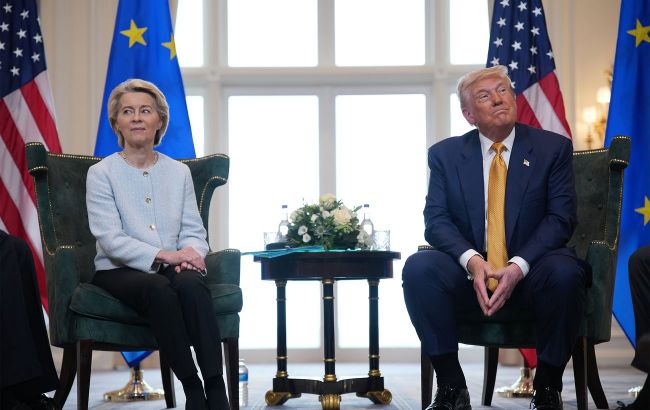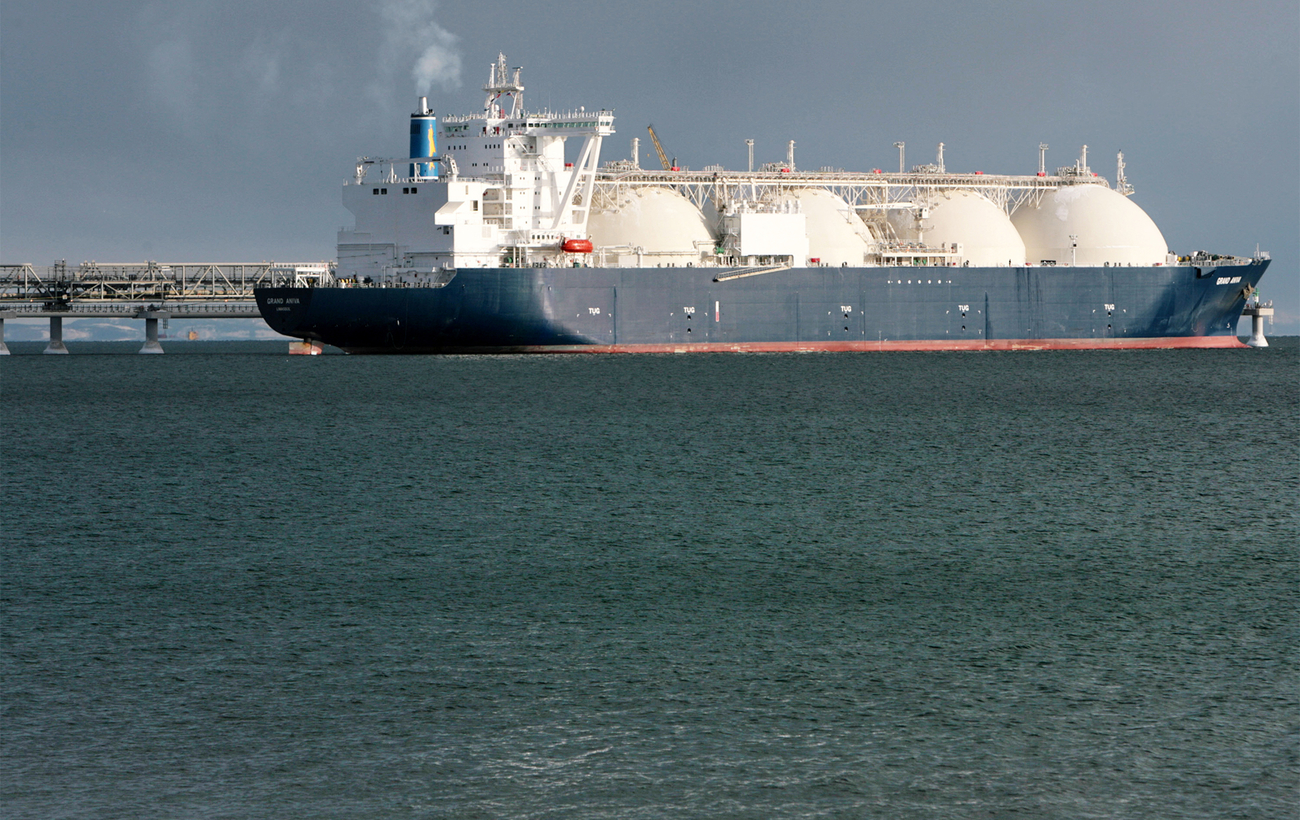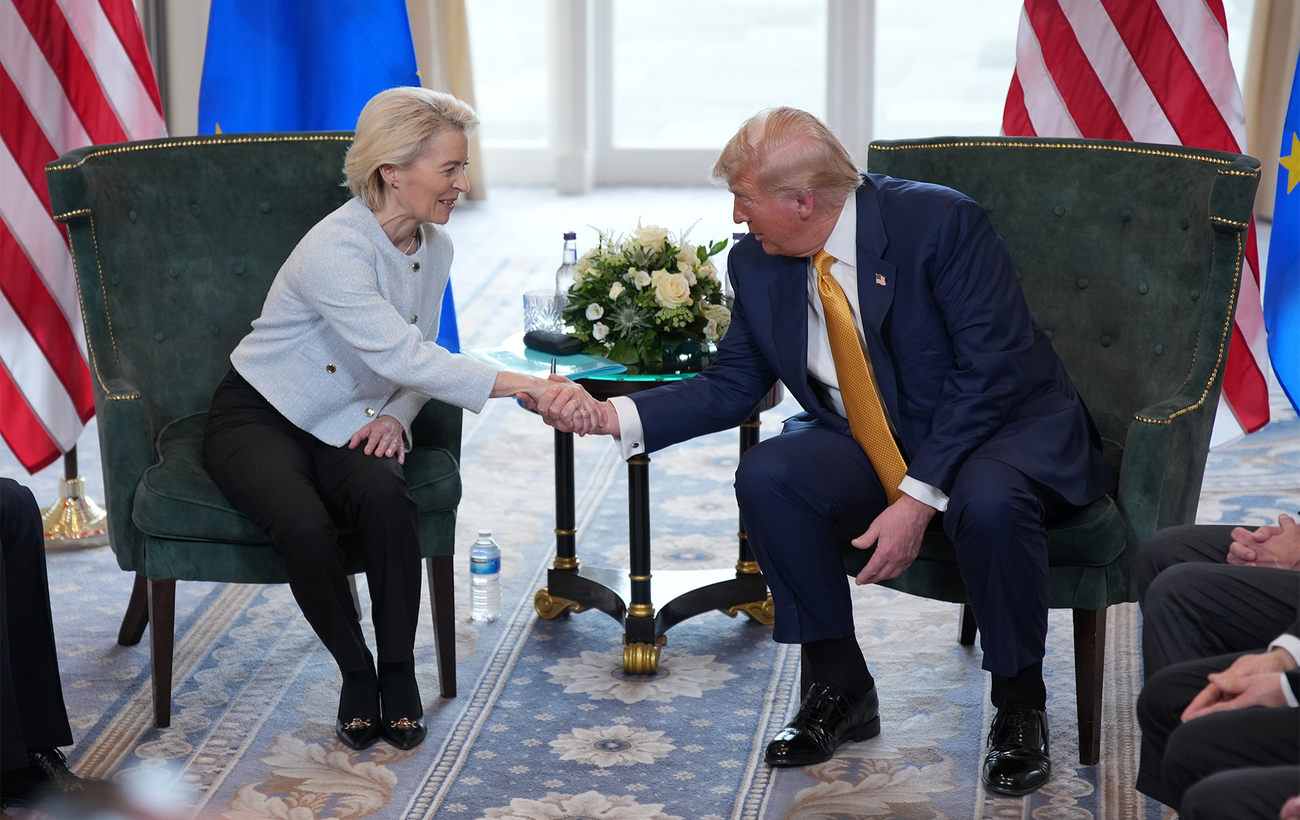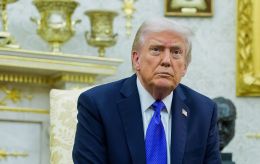Trade deal between US and EU: Will Trump’s new agreement help Ukraine?
 Photo: US President Donald Trump and European Commission President Ursula von der Leyen reached a historic trade agreement (Getty Images)
Photo: US President Donald Trump and European Commission President Ursula von der Leyen reached a historic trade agreement (Getty Images)
The US and the EU, after difficult and lengthy negotiations, have concluded a trade agreement that is likely the largest in history. Trump secured favorable terms for the US, while EU countries will pay tariffs on the American market.
How various European politicians have reacted to the agreement with Washington and whether the deal will affect the war against Ukraine is discussed in the RBC-Ukraine material.
What Washington and Brussels agreed on
When the European Union began these negotiations, it hoped to achieve zero mutual tariffs, Bloomberg reports. But the agreement was reached on the terms that the US will receive a zero tariff on the supply of its goods to Europe, while the EU will have a 15% tariff on most goods exported to the US.
The administration of Donald Trump can call this a major victory, but the EU can also count it as an achievement, since the 15% rate is significantly lower than the 30% tariff that Washington had recently threatened.
A 15% tariff will be imposed on European cars supplied to the US. This rate is substantially lower than what many representatives of the European automotive industry expected. Moreover, it is lower than the current 25% tariff that applies to European cars in the US today.
The EU has also committed to buying more fossil fuels from the US. Brussels is expected to purchase energy resources worth $750 billion, as well as buy a large quantity of weapons from the US. This is despite the fact that currently the largest importer of liquefied natural gas in Europe — Germany — buys 92% of such gas from the US. At present, a discussion is underway among European leaders about which countries and to what extent will fulfill this side of the agreement.

Photo: Since early August, the EU will be forced to increase liquefied natural gas purchases from the US (Getty Images)
The EU must also invest more than $600 billion in the American economy.
During a press briefing at his Thornberry golf club in Scotland, where the final negotiations took place, Trump said he believed the deal was beneficial for everyone. He also recalled that European Commission President Ursula von der Leyen had described it as possibly the largest trade agreement ever reached at any scale and noted that it was a joint agreement involving many countries.
"This is a deal between the two largest economies in the world. We trade 1.7 trillion euros per year. Together we are a market of 800 million people and we are nearly 44% of global GDP," confirmed the scale of the deal, the European Commission President.
Von der Leyen noted that the 15% tariff for most European exports is final, with no additional charges to be added. This tariff level, for example, will apply to cars, semiconductors, and medicines. A number of strategic goods will have zero tariffs on both sides.
"Purchasing US energy products will diversify our sources of supply and strengthen Europe’s energy security. We will replace Russian gas and oil with large volumes of American LNG, oil and nuclear fuel," said the European Commission head.
She also added that the EU will buy American chips for AI-based technologies. "Basically the European market is open (to American goods — ed.). It's 450 million people, so it's a good deal," Ursula von der Leyen said during a press conference, according to The New York Times.
The European Commission President is confident that this agreement lays the foundation for further tariff reductions on more goods, resolving the issue of non-tariff barriers, and cooperating on economic security issues. " Because when the European Union and the United States work together as partners, the benefits are tangible on both sides," emphasized the European Commission President.

Photo: European Commission President Ursula von der Leyen emphasized the need to further reduce tariffs and jointly address the issue of non-tariff barriers (Getty Images)
The agreement was reached less than a week before the deadline set by Trump — August 1. The parties did not publish the text of the agreement, but US officials stated that the 15% tariff on European goods would take effect at the beginning of August.
How the deal was received in Europe
The agreement has already been welcomed by German Chancellor Friedrich Merz and Italian Prime Minister Giorgia Meloni, who called the deal "sustainable."
France’s Minister for European Affairs, Benjamin Haddad, stated that such an agreement cannot be considered sustainable and that the current situation is not acceptable. According to him, "free trade is being rejected by the United States, which has chosen coercion and a complete disregard for WTO rules."
French Prime Minister François Bayrou expressed even harsher criticism. "It is a dark day when an alliance of free peoples, united to affirm their values and defend their interests, resolves to submission," the French PM wrote on social media.
The Netherlands’ Minister for Foreign Trade, Hanneke Boerma, said the deal is "not perfect" and urged the European Commission to continue negotiations with the United States.
Does the agreement strengthen the EU’s independence from Russian fuel?
The compromise reached aligns with the EU’s strategic interests in the areas of energy, defense, and industrial modernization, senior economist at the Center for Economic Strategy Yana Okhrimenko told RBC-Ukraine. "A certain level of predictability in trade relations with the US — namely, the establishment of a 15% tariff cap on European goods — will benefit European exporters," she added.
She also noted that increasing energy imports from the US to Europe is a logical step, as the EU has limited capacity to expand its own energy production and is striving to reduce its reliance on Russian fuel.
"This decision should contribute to strengthening the EU’s energy security and reducing the influence of Russian fossil resources on the European market," Okhrimenko emphasized.

Photo: The EU’s agreement with the US is expected to reduce the supply of Russian hydrocarbons to Europe (Getty Images)
However, achieving a higher level of independence from Russian energy resources requires political will within the EU.
"Will Russian energy resources still be purchased? Both yes and no. Often, they will turn out to be cheaper, so what’s needed here is the political will to refuse to buy them," Boris Kushniruk, head of the Expert and Analytical Council at the Ukrainian Analytical Center, told RBC-Ukraine.
How the agreement could affect arms supplies to Ukraine
The conclusion of a commercial agreement for importing military products from the US to Europe is a very positive step. It provides future assurance that the supply of American weapons to Ukraine, funded by the EU, will continue and will not be at risk.
"The issue of arms deliveries to Ukraine is unlikely to be put on hold — we can hope for that," said Borys Kushniruk, head of the Expert and Analytical Council at the Ukrainian Analytical Center.
The expert added that a joint agreement between the US and the EU reduces the risk of crises in their relations, especially under pressure from China.
"Unity between the US and the EU is extremely important, including for us… If they jointly put pressure on China to stop supporting Russian aggression, that will be very significant. In that regard, this agreement and its signing are a step in the right direction — at least for us," the expert noted.
In early April, Trump launched a trade war against most countries around the world, imposing a 20% tariff on EU goods (with a minimum tariff of 10% against all countries).
The reason for the White House’s actions was the trade deficit — the US buys more from other countries than it sells. According to the Office of the United States Trade Representative, the US trade deficit with the EU in 2024 amounted to $235.6 billion.
On July 12, Trump announced the introduction of 30% tariffs for Mexico and the EU, which were scheduled to take effect on August 1.
Following the signing of the trade agreement on July 27, oil futures prices rose slightly. On August 28, the price of benchmark Brent crude increased by 0.3%, reaching $68.60 per barrel. US and EU stock market indices also responded positively to the agreement: the S&P 500, representing the US stock market, rose by 0.2% on Monday, August 28, compared to its level on Friday, August 25, while the European Stoxx 600 index increased by 0.6% over the same period.

